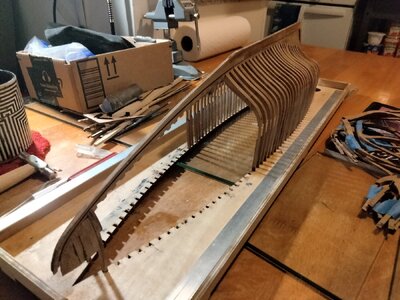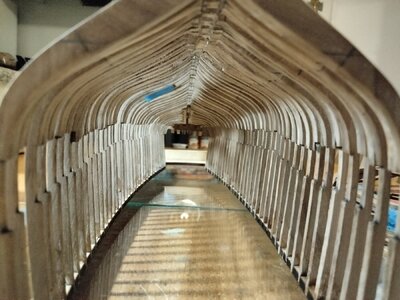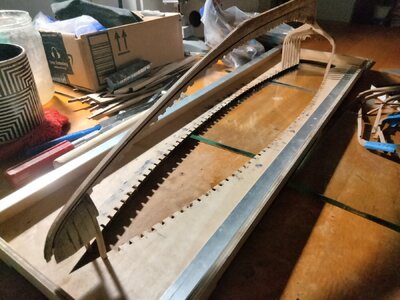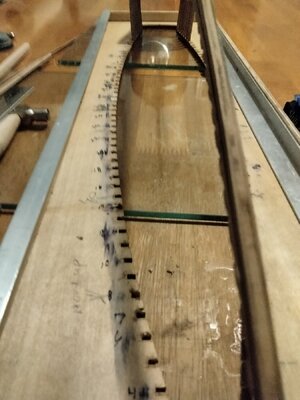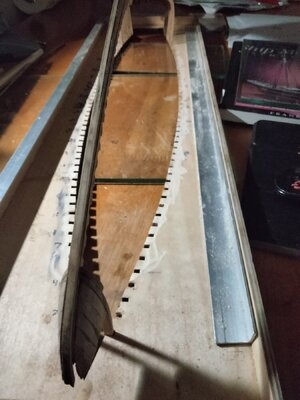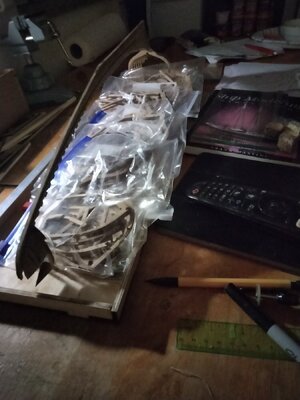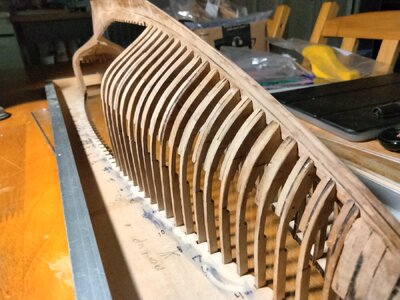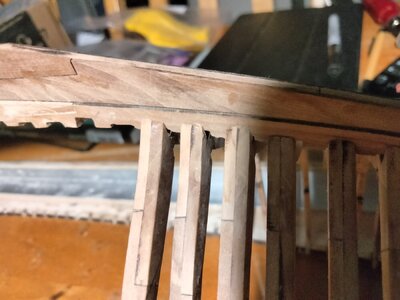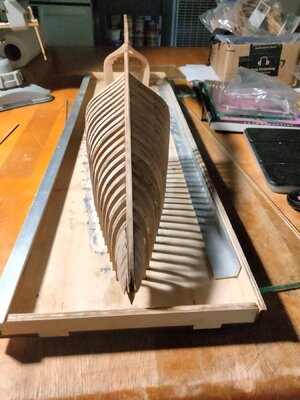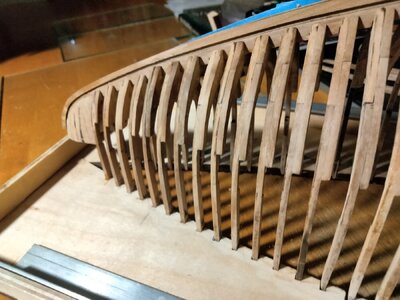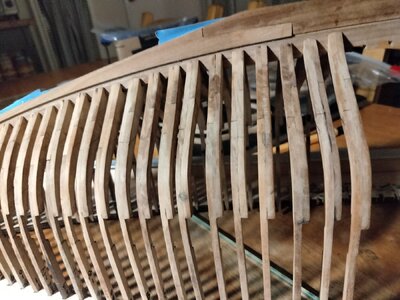- Joined
- Jun 17, 2021
- Messages
- 1,670
- Points
- 488

Take a deep breath. Sit back, consider where the stress points are in the framework. Then when you proceed to remove the frames you won't transfer your own stress to the point of weakness in the structure. "The fault is not in our stars..." 




